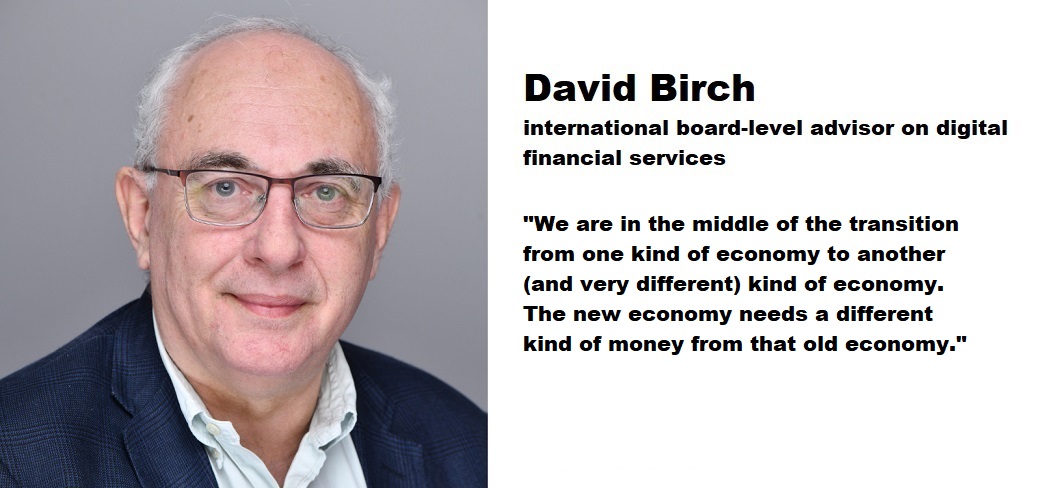Gemalto study: young people don’t come to the bank but they trust it more than their mobile provider – huge opportunity for smart easy to use apps

The old tradition to bundle products and offer customers a package based on their income and status when they come in branch no longer works, says Gemalto in a recent international study among young people. Fewer people are coming all the way into a branch now they can access what they need far more conveniently through their mobile device. Especially for the younger adults, generation of digital natives; next customers whose phones have never been anything other than smart.
Gemalto decided to look at the habits of digital natives to see how the people who have grown up with digital services view mobile banking and developed an international study of youth atitudes to banking an online banking services.
Says the Gemalto’s study – Generation mBanking: „We undertook this online study to get an understanding of exactly how rapidly – and how passionately – young people today have come to regard the importance and security of their bank’s mobile offering and services. This generation is the first to have opened their bank accounts with tried and tested mobile banking applications already in place. Unlike their parents they have been able to dive straight onto this platform without the need for a bricks-and-mortar, real-world experience.”
According to the study, the impact of smartphones and tablets on the financial services industry has been huge, and will continue to grow as the younger generation of digital natives matures and expands its need for and use of mobile services. Gemalto research shows smartphones and tablets are a core part of the lives of young people around the world. Banking via these devices is increasingly seen by young people as an essential service, but they demand security and good service, despite sometimes putting themselves at risk.
The results point to several lessons banks should heed as they look to the future:
• Don’t ignore mobile. No matter where you operate globally, the proliferation of smartphones and tablets among young people is huge. They are also being used more than you might have imagined, with almost four in ten (37.7%) using them for more than five hours a day. Mobile banking in particular is here to stay – two thirds of young people are using these services already and a quarter sees them as “essential”. If you fail to respond to this demand, then you’ll soon get left behind.
„Generation M is clearly more demanding of a certain level of customer experience – look at the 37% of people who would change banks if the mBanking experience was inadequate or non-existent! This figure will probably strike fear into the hearts of many, and rightly so. It is unprecedented in a context of extreme customer loyalty and should not be ignored. In the UK alone, 1 million people switched bank accounts in 2014, a rise of nearly 20% year on year.”
˃ Build out your feature set. A mobile banking app needs to be more than just checking your balance. Young people increasingly don’t want to visit your branches in person, so you need to offer them the same services via their smartphone or tablet. Whether it’s applying for a credit card, making internațional transfers or paying bills, you need an app that will support your young customers in whatever task they want to achieve.
˃ Make the experience the best it can be. Young people don’t have the patience to persevere with banking apps or services that are hard to use. The app benchmarks come from the pure internet players and social media giants so your app can’t afford to compare unfavorably. They have come to expect mobile experiences that are innovative, seamless and easy to understand, and they won’t hang around for long if you can’t provide them.
„Young people don’t have patience with poorly designed apps. Young adults who are used to logging in to Amazon to purchase the latest musthave item with just one-click will not tolerate waiting five minutes and going through four different security barriers just to transfer money to a friend.”, says the Gemalto’s report.
˃ Don’t let security issues damage their trust. Confidence in banking institutions took a big hit after the crash in 2008, but it seems that negative sentiment isn’t necessarily felt by the younger generation, who retain a high level of trust. But banks need to make security of mobile services a priority, since many young people will jump ship to a competitor if they think they’re at risk.
According to the report, regardless of security concerns, trust in banks among young people remains high. „Only 16% of respondents said that they trust their mobile provider more than their bank. Given the negative sentiment expressed towards banks following the 2008 crash, this might be a surprise to see. But it shows that banks have an opportunity to have a fresh start with the younger generation, and use them as a vehicle to build greater trust among their entire customer base.”
˃ Make them aware of the risks too. You might assume that digital natives are most aware of how to protect themselves, but the high percentage of young people that would happily use mobile banking services over unprotected public Wi-Fi shows that might not be the case. Education and awareness around these issues will help protect them and keep them loyal.
˃ Don’t procrastinate. The rise of mobile is a rapidly accelerating, unstoppable force. It’s in every country in the world, both developed and developing, and it’s not going away. This generation demands innovation, quality and security in mobile, and if you don’t give it to them, they’ll find another provider who can.
About the research
Gemalto polled 1,184 people aged 16-24 using online polls hosted by SurveyMonkey and using a consumer database from SmartSurveys in the USA (21.7%), UK (21.1%), Mexico (20.3%), Brazil (21.7%) and Singapore (15.1%). The sample was 58% female, 42% male. The surveys were carried out in Fall 2014.
For more details download the full report: Gemalto study – Generation mBanking
Dariusz Mazurkiewicz – CEO at BLIK Polish Payment Standard
Banking 4.0 – „how was the experience for you”
„To be honest I think that Sinaia, your conference, is much better then Davos.”
Many more interesting quotes in the video below:










